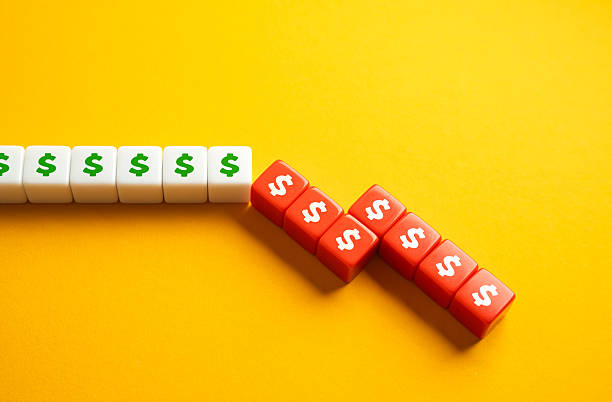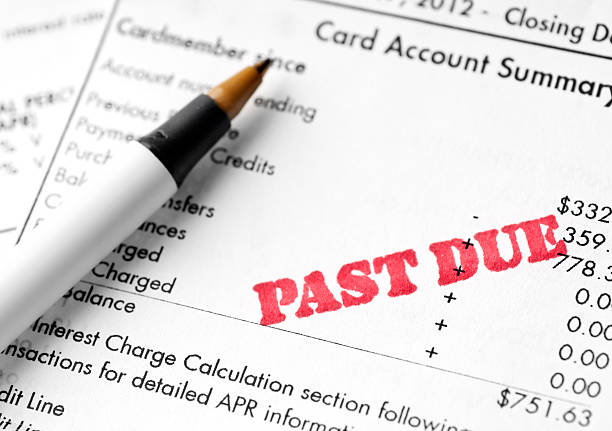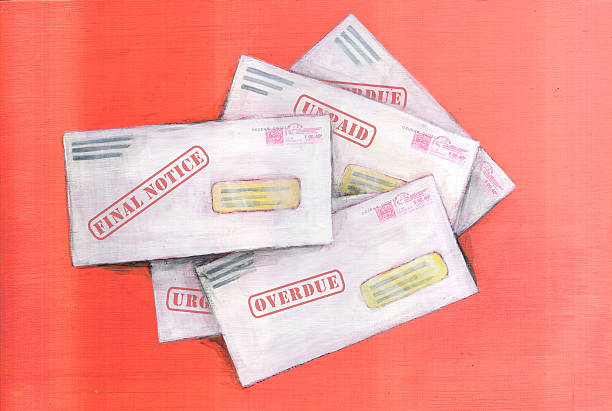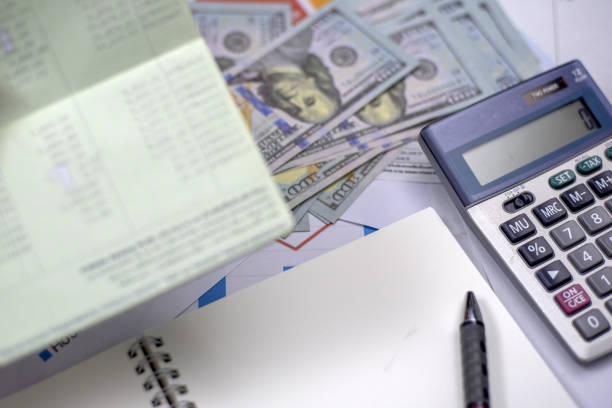
The payment-to-income ratio serves as a critical, yet often unexamined, barometer of financial health, and its elevation is the defining characteristi...
Read More
The journey into overextended personal debt often begins with a breakdown in personal budgeting, and the path out is almost invariably paved with its ...
Read More
Are you managing your debt? Or is it managing you? If you're stuck in a money quicksand trap, you may not even realize at first that you're in a finan...
Read More
- Start by taking inventory of all your outstanding debts. - Look for ways to maximize your disposable income so you can put more money towards your ...
Read More
Entering one’s twenties often marks the beginning of true financial independence, a period of exciting possibilities juxtaposed with significant eco...
Read More
Navigating the labyrinth of healthcare debt requires a unique blend of financial strategy and systemic understanding, distinct from managing other for...
Read MoreYes. Proactively calling your creditors to explain your situation can sometimes lead to hardship programs. They may offer temporarily reduced interest rates or lower minimum payments, which would provide immediate relief to your PTI.
It can be a double-edged sword. If you are approved, it will immediately lower your ratio. However, if you have a history of high balances, an issuer may deny the request. Most importantly, you must avoid the temptation to spend the new available credit, which would put you in a worse position.
Payments 30+ days late are reported to bureaus and can remain on your report for 7 years. Even one late payment can cause a significant score drop.
A DMP, administered by a credit counseling agency, consolidates payments and negotiates lower interest rates with creditors. It requires closing credit cards but can simplify repayment.
Qualification usually requires demonstrating a specific hardship, such as unemployment, reduced income, medical emergency, or divorce. You may need to provide documentation, like a layoff notice or medical bills.